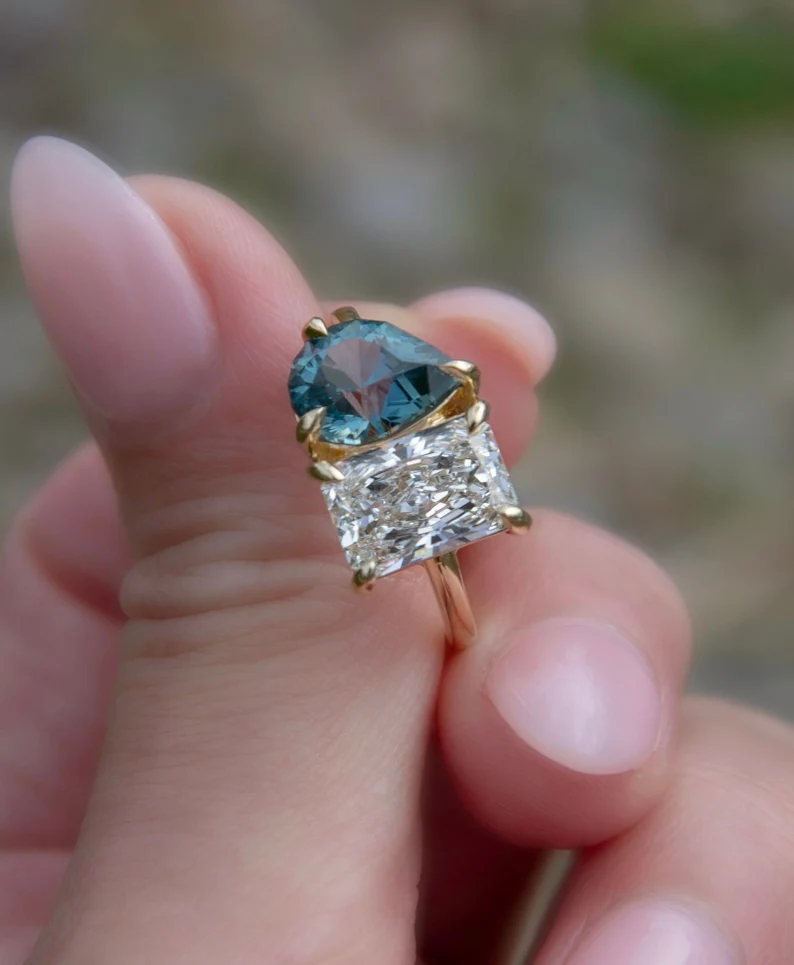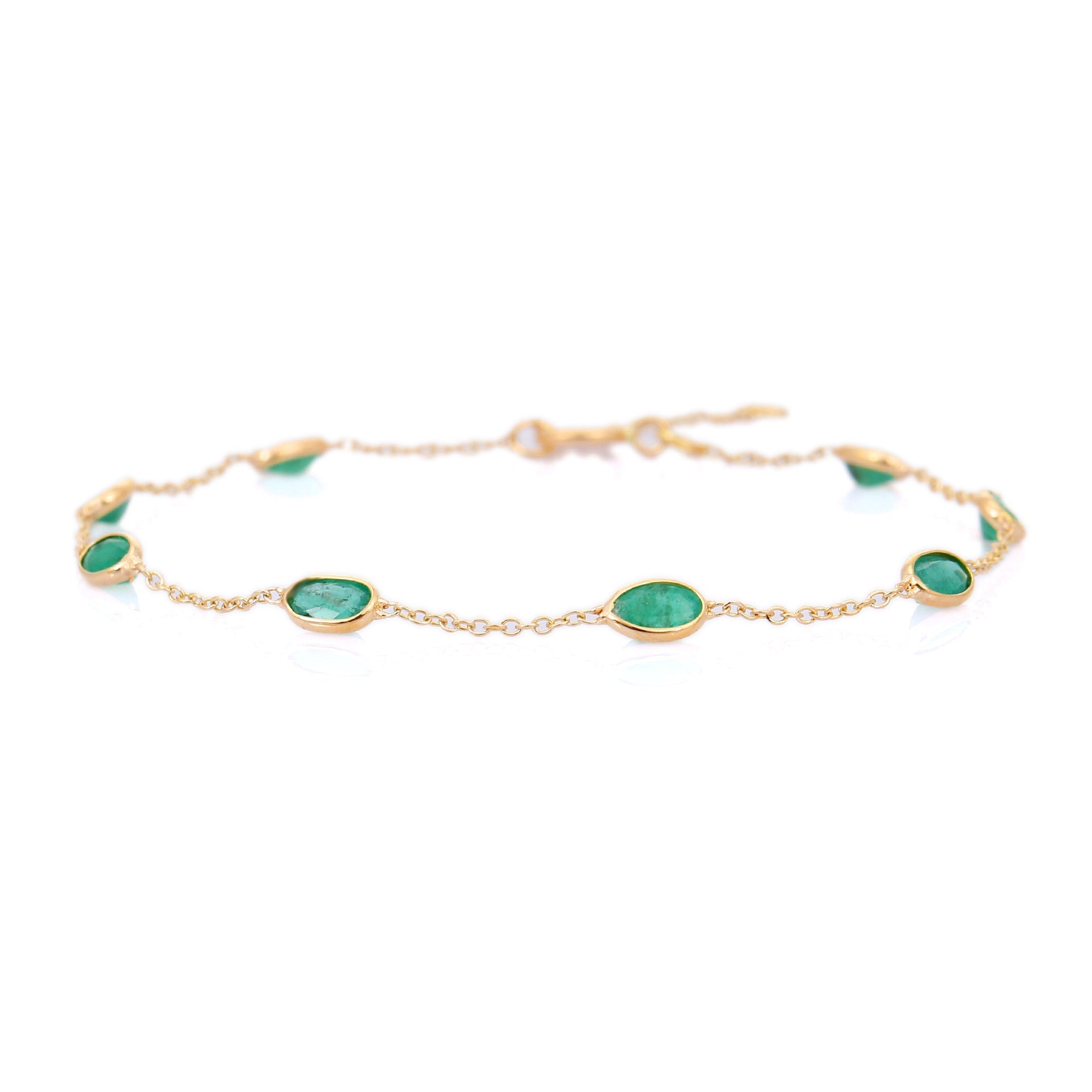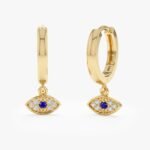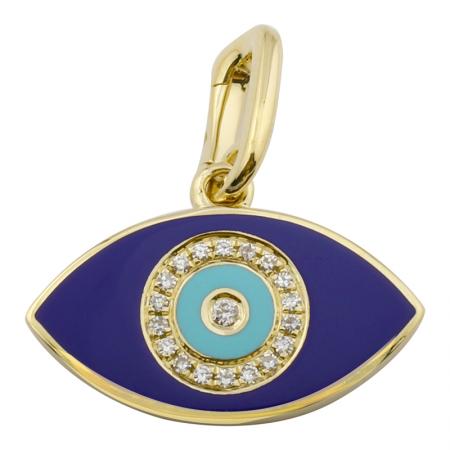Piercing Guns in Malls: Safer Now—or Still a No?

Piercing guns in mall kiosks are familiar. Many parents choose them for quick ear piercings. Over the past decade manufacturers have advertised “safer” cartridge systems and single-use studs. But does that make mall guns as safe as a professional studio using needles? Short answer: not always. Below I explain how guns differ from needles, what risks remain, when guns might be acceptable, and how to choose safer options.
How piercing guns work — and why that matters
Piercing guns are spring-loaded devices. They force a stud through tissue by blunt force. The stud typically has a post pre-attached to a backing. In contrast, a hollow needle cuts and removes a small core of tissue. That difference matters for three reasons:
- Tissue trauma: Needles make a clean incision. Guns crush and split tissue. Crushed tissue heals slower and can scar more. For soft, fatty earlobes this is less dramatic. For cartilage it can be destructive and lead to complications.
- Control of jewelry size and placement: Needles come in specific gauges: common ear needles are 20G (0.81 mm), 18G (1.02 mm), while body piercings often use 14G (1.6 mm) or larger. Needles allow precise choice. Guns are generally limited to one post size built into the stud, so you often get a thinner post and limited materials.
- Sterilization: Proper piercing uses single-use sterile needles and autoclaved jewelry. Most piercing guns cannot be autoclaved because of plastic and spring components. Some use disposable sterile cartridges, which lowers cross-contamination risk, but the gun’s interior may still be exposed.
Have mall guns become safer recently?
Yes — in a limited way. Two changes are common:
- Disposable sterile cartridges: Many newer guns use a preloaded plastic cartridge that holds the stud and backing. If the cartridge is truly single-use and sealed, it reduces direct cross-contamination between customers.
- Improved training and protocols: Some retailers now require staff training, gloves, and better surface disinfection. That reduces infection risk compared with older kiosk setups.
Why this is still incomplete: even with cartridges, the gun’s mechanism and the employee’s technique matter. The gun’s moving parts cannot usually be autoclaved. If the cartridge doesn’t fully isolate the stud or if staff touch non-sterile surfaces and then handle the cartridge, risk remains. Also cartridges often lock you into the studs supplied by the manufacturer — frequently lower-grade metals with nickel content or poor design for healing.
Where piercing guns are still a bad idea
- Cartilage piercings: The blunt force can shatter cartilage, cause perichondritis (serious infection), and increase keloid or deformity risk. Professional piercers use needles for cartilage because they remove tissue cleanly.
- Infants and toddlers: Babies can flinch. Sudden movement while a gun fires increases tissue damage. Many pediatricians and professional piercers advise waiting or using a needle in controlled conditions.
- Allergy-prone or medical-risk clients: If you have a metal allergy, diabetes, poor immune function, or a bleeding disorder, a studio with medical-grade sterilization and implant-grade jewelry is safer.
- When you want premium jewelry: Gun studs are often plated or alloyed with nickel. Professional studios can fit implant-grade titanium (Ti-6Al-4V ELI), ASTM F136, or Ni-free 14k gold (585) for initial jewelry — better for healing and allergy reduction.
If you choose a mall gun: what to check first
Not all mall kiosks are equal. Ask these specific questions and look for these signs before consenting:
- Cartridge status: “Is the cartridge sealed and single-use?” Ask to see an unopened cartridge. If they open a cartridge in front of you, it should be new and sterile.
- Autoclave protocols: “Can the gun be autoclaved?” Most cannot. If they say “we autoclave everything,” ask which parts. Ideally needles and reusable jewelry should be autoclaved; gun mechanisms usually cannot be.
- Jewelry material and gauge: Ask the metal and gauge. Prefer implant-grade titanium (Ti-6Al-4V, ASTM F136) or Ni-free 14k solid gold for initial wear. If they only offer plated or unknown alloys, walk away.
- Training and hygiene: Do staff wear gloves? Do they change gloves between clients? Is there a clean surface and a waste bin? A rushed, messy counter is a red flag.
- Aftercare instructions: Do they provide written aftercare and warning signs for infection? Professional piercers supply clear written guidance.
Aftercare and what to watch for
Good aftercare reduces infection and scarring. Basic, evidence-based steps:
- Clean with a sterile saline soak twice daily. Mix 1/4 teaspoon of non-iodized salt in 8 oz (240 ml) of warm water, or use a sterile saline wound spray.
- Don’t rotate or twist the stud; that can irritate healing tissue and introduce bacteria.
- Avoid alcohol, hydrogen peroxide, and ointments — they damage tissue and delay healing.
- Signs of trouble: spreading redness, increasing pain, heat, fever, or yellow/green pus. Seek medical care promptly if these appear.
Choosing a professional piercer instead
Professional studios use single-use hollow needles, autoclaved instruments, and implant-grade jewelry. A trained piercer can choose the correct gauge and jewelry geometry for healing. For cartilage and body piercings, this is the safest path. Even for earlobes, a professional approach reduces trauma and gives better long-term results.
Bottom line
Piercing guns are safer today than they were 20 years ago, mostly because of disposable cartridges and better hygiene practices. But guns still cause more blunt trauma, limit jewelry quality, and cannot be fully sterilized in the same way a professional studio can. For cartilage, infants, or anyone with health or allergy concerns, choose a professional piercer who uses needles and implant-grade metals. For a quick, healthy earlobe piercing in a low-risk person, a kiosk with sealed single-use cartridges, visible hygiene protocols, and implant-grade jewelry can be acceptable — but a needle and studio remain the gold standard for safety and long-term outcome.




